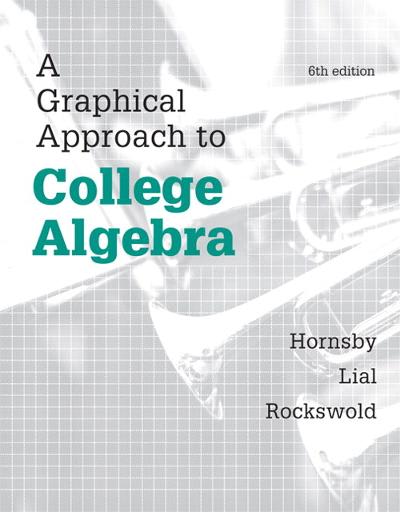Question
A graduate student conducted an experiment in which 24 ten-month-old babies were asked to watch a climber character attempt to ascend a hill. On twooccasions,
A graduate student conducted an experiment in which 24 ten-month-old babies were asked to watch a climber character attempt to ascend a hill. On twooccasions, the baby witnesses the character fail to make the climb. On the thirdattempt, the baby witnesses either a helper toy push the character up the hill or a hinderer toy prevent the character from making the ascent. The helper and hinderer toys were shown to each baby in a random fashion for a fixed amount of time. The baby was then placed in front of each toy and allowed to choose which toy he or she wished to play with. In 21 of the 24 cases, the baby chose the helper toy. Complete parts (a) through (d) below.
(a) Why is it important to randomly expose the baby to the helper or hinderer toyfirst?
A.
The randomness in the order of exposure is important to make sure half the babies see the helper first and the other half see the hinderer first.
B.
The randomness in the order of exposure is important to minimize the effect of the sample standard deviation.
C.
The randomness in the order of exposure is important to avoid bias.
D.
The randomness in the order of exposure is important to satisfy the conditions of using the binomial probability distribution.
(b) What would be the appropriate null and alternative hypotheses if the researcher is attempting to show that babies prefer helpers overhinderers?
H0: p___0.5
H1: p____0.5
less than
<
not equals
equals
=
greater than
>
0.5
(c) Use the binomial probability formula to determine theP-value for this test.
P-value=______(Round to three decimal places asneeded.)
What is the correct conclusion regarding the nullhypothesis?
A.
Do not reject H0. Although no level of significance isgiven, there is sufficient evidence to suggest the proportion of babies who choose the helper toy is greater than 0.5.
B.
Reject H0. Although no level of significance isgiven, there is insufficient evidence to suggest the proportion of babies who choose the helper toy is greater than 0.5.
C.
Reject H0. Although no level of significance isgiven, there is sufficient evidence to suggest the proportion of babies who choose the helper toy is greater than 0.5.
D.
Do not reject H0. Although no level of significance isgiven, there is insufficient evidence to suggest the proportion of babies who choose the helper toy is greater than 0.5.
(d) In testing 9 six-month-old babies, all 9 preferred the helper toy. TheP-value was reported as 0.0020. Interpret this result. Choose the correct answer below.
A.
If the population proportion of babies who choose the helper is0.5, a sample where all 9 babies choose the helper will occur in about 9 out of 1000 samples of 9 babies.
B.
If the population proportion of babies who choose the helper is0.5, a sample where all 9 babies choose the helper will occur in about 20 out of10,000 samples of 9 babies.
C.
If the population proportion of babies who choose the helper is0.5, a sample where all 9 babies choose the helper will occur in exactly 9 out of 1000 samples of 9 babies.
D.
If the population proportion of babies who choose the helper is0.5, a sample where all 9 babies choose the helper will occur in exactly 20 out of10,000 samples of 9 babies.
Step by Step Solution
There are 3 Steps involved in it
Step: 1

Get Instant Access to Expert-Tailored Solutions
See step-by-step solutions with expert insights and AI powered tools for academic success
Step: 2

Step: 3

Ace Your Homework with AI
Get the answers you need in no time with our AI-driven, step-by-step assistance
Get Started


